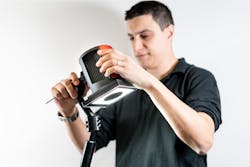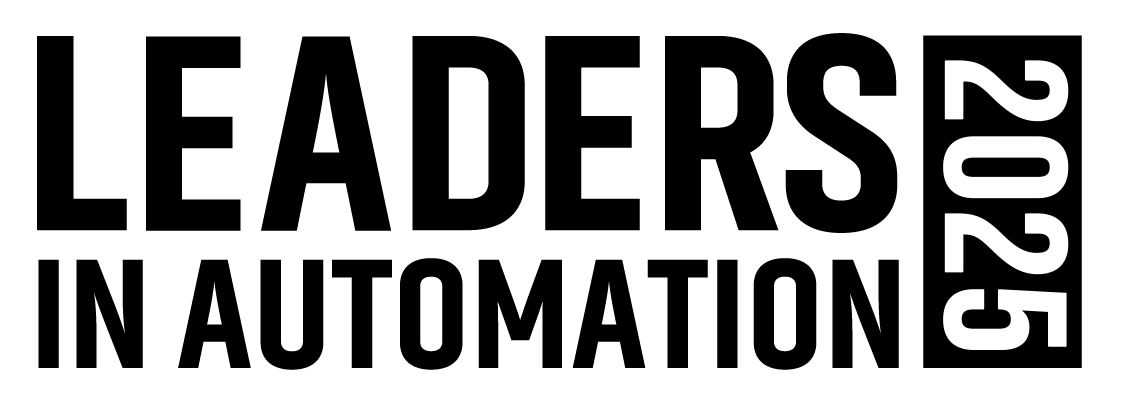Global competition and market expectations put ever-increasing pressures on automotive manufacturers to enhance their quality assurance (QA) procedures. This is leading manufacturers away from manual inspection procedures and toward automated inspection to reduce costs and improve product quality.
The challenge in making this move is finding and implementing the right machine vision systems for each application. A new trend in automated vision inspection is the use of autonomous machine vision (AMV).
Plastic injection molding, a common component of automotive manufacturing, “poses a lot of problems for traditional machine vision systems,” explains Ofer Nir, CEO of Inspekto, a supplier of AMV technology. “The highly reflective surface of plastic is hard to illuminate correctly. In addition, if the mold and the plastic polymer are a similar color, and the available illumination is anything but ideal, a lack of contrast can make it very difficult for the machine vision system to work. Combine this with the fact that traditional vision systems can only inspect one type of product at a time—though manufacturers need to create product lines in different colors and sizes—and it’s easy to see why a fundamental change in machine vision is needed,” he adds.
This color contrast issue with machine vision technology is exactly the problem Bosch was facing at its plant in Waiblingen, Germany. This plant produces plastic molded connectors for vehicles that are made using multiple production lines and injection molding machines.
The plant uses conventional state-of-the-art machine vision systems, some developed internally, with others created and integrated by external machine vision experts. Unfortunately, these systems aren’t well suited at inspecting black polymer parts on a black background. As a result, it is virtually impossible to set the parameters for a machine vision QA system to recognize defects.
This means that quality inspectors have to check the connectors manually, a tedious and repetitive job. Not only are these defects easy to overlook when inspected with the human eye, but the personnel costs are significant. After reading about autonomous machine vision in an industrial report, Bosch development engineers asked Inspekto to see if the company could provide a solution for its machine vision challenges.
“This [Inspekto’s S70 AMV product] is the first stand-alone product for visual QA, gating, and sorting,” says Nir. “It is self-setting, self-learning, and self-adjusting and can be used to inspect any item produced with any handling method.” Inspekto claims the abilities of the S70 eliminate the costly integration and customized developments that characterize traditional machine vision technology.
Inspekto’s S70 runs three AI (artificial intelligence) engines in tandem. It merges computer vision, deep learning, and real-time software optimization technologies to achieve plug-and-play vision inspection, according to Nir. “With AMV, light conditions, line vibrations and varying handling conditions have become nightmares of the past. Changes in the inspected object’s placement, tolerance, and orientation will no longer halt production. We’ve essentially Apple-ized visual inspection with this product, which comes out of the box with everything the user needs to start inspecting products. The installation process is designed to be quick and easy. A plant’s own staff can set up and train the system without using an external systems integrator.”
More importantly the S70 only requires an average of 20 to 30 good samples to learn the characteristics of a perfect product, according to Nir. “Therefore, there’s no need to set up parameters to train the system to recognize mistakes, like with traditional solutions,” he said.
Because of these advantages, Bosch decided to run a pilot project in Waiblingen and see if it would help where traditional machine vision systems had failed.
Engineers at the plant have extensive experience in machine vision, so it wasn’t difficult to integrate the pilot system. The initial installation took about an hour, plus less than a day to factor in the small adjustments that were made to optimize the speed of the process. It took another 20 minutes to learn the software program; then, all that was necessary was to plug in the camera so that inspections could begin.
During installation, the production line kept running as normal and the plant didn’t experience any downtime. Since the Inspekto S70 can run without any input from the control system, it ran in parallel with the production line.
The cost of the initial system was amortized in less than a month, with immediate savings and an improvement in quality. Because the pilot system worked so well, Inspekto says Bosch ordered an additional S70 for an overseas subsidiary and another for an older application in Waiblingen.


